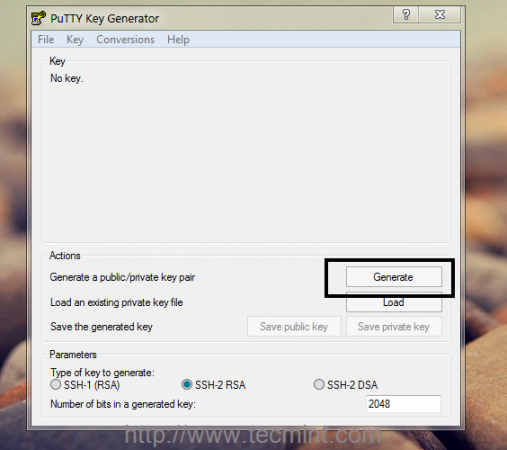Rsa_generate_key_ex C++
RSAgeneratekeyex generates a key pair and stores it in the RSA structure provided in rsa. The pseudo-random number generator must be seeded prior to calling RSAgeneratekeyex. The modulus size will be of length bits, and the public exponent will be e. Older versions of OpenSSL used RSAgeneratekey and newer versions use RSAgeneratekeyex. A change in 1a3a279 caused only versions of OpenSSL >= 1.1 to use the ex form. This fails on, at lea. Instead of saving the key with PEMwriteRSAPublicKey, you should write out the SubjectPublicKeyInfo structure in ASN.1/DER format with i2dRSAPUBKEYbio; or write it out in PEM format with PEMwritebioPUBKEY. The program below creates a RSA key pair, and then writes out the public key in all the formats. Be sure to save the private key, too.
 3) All the terminals in a pair-wise independent network wish to generate a common secret key. 2) In a pair-wise independent network, two designated terminals wish to generate a secret key with the help of other terminals.
3) All the terminals in a pair-wise independent network wish to generate a common secret key. 2) In a pair-wise independent network, two designated terminals wish to generate a secret key with the help of other terminals.

>> What's supposedly bad about the 1.0.x/1.1.0 OpenSSL RNG other
> than not being an NSA/NIST design?
>
> Poor locking; been known to crash.
Simple bug, not a reason to change the algorithm.
>
> Does not reseed.
But can be reseeded if so desired, subject to locking.
>
> Global across the process, rather than isolated for private-key generation or per-connection.
This is good, not bad.
>
> Mixes in getpid and time to get 'better' random bytes.
This gives 2 to 5 extra bits on machines with little available entropy,
provided init is not done too early in the machine boot process. There
seem to be much stronger sources loaded where available.
>
> Has a 'pseudo-rand' feature.
This is a clearly marked feature useful when the entropy sources are
significantly slower than the random bit need, such as on a busy TLS
server with a serial port (or slower) entropy source.
>
> Never was cryptographically evaluated.
>
By whom?, I would expect the very public OpenSSL RNG to have been
subjected to lots of 3rd party review outside the Foundation.
The new design is taken from a document that was insufficiently publicly
reviewed and was later found to contain a likely backdoor in one of its
other suggested RNG designs, making the entire document highly dubious.
Enjoy
Jakob
--
Jakob Bohm, CIO, Partner, WiseMo A/S. https://www.wisemo.com
Transformervej 29, 2860 Søborg, Denmark. Direct +45 31 13 16 10
This public discussion message is non-binding and may contain errors.
WiseMo - Remote Service Management for PCs, Phones and Embedded
--
openssl-users mailing list
To unsubscribe: https://mta.openssl.org/mailman/listinfo/openssl-users
Call of duty black ops 4 update. RSAgeneratekey generates a key pair and returns it in a newly allocated RSA structure. The pseudo-random number generator must be seeded prior to calling RSAgeneratekey. The modulus size will be num bits, and the public exponent will be e. Key sizes with num. Mar 04, 2014 In this tutorial, let’s learn how to use OpenSSL to generate X.509 certificate request. Certificate signing request is a message sent from an applicant to a certificate authority, which usually includes: Country Name (2 letter code) US State or Province Name (full name) BC Locality Name (e.g., city) Vancouver Organization Name (e.g., company) My Company. Asymmetric cryptography also known as public-key encryption uses a public/private key pair to encrypt and decrypt data. Public key in asymmetric cryptography is available to public but the private key must be protected with the user, else it can be used to decrypt data.
In this tutorial, let’s learn how to use OpenSSL to generate X.509 certificate request.
Rsa_generate_key_ex C D
Certificate signing request is a message sent from an applicant to a certificate authority, which usually includes:
- Country Name (2 letter code) [US]
- State or Province Name (full name) [BC]
- Locality Name (e.g., city) [Vancouver]
- Organization Name (e.g., company) [My Company Ltd]
- Organizational Unit Name (e.g., section)
- Common Name (e.g., your name or your server’s hostname)
- Email Address
Implementation Steps:
- Generate RSA key
- Set version
- Set subject
- Set public key
- Set sign key
- Free
Code & Result:
Rsa_generate_key_ex C B
You can feel free to download the sample code, and run it in Visual Studio.